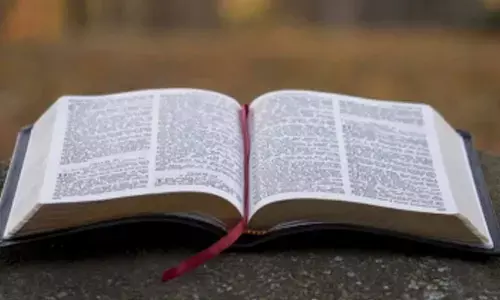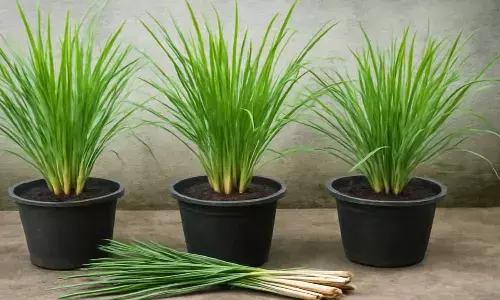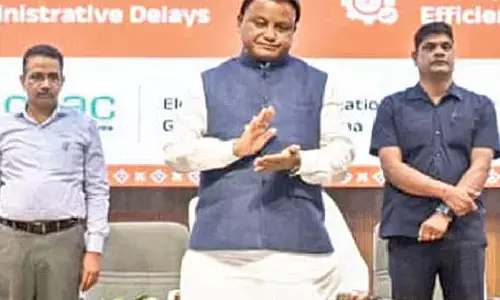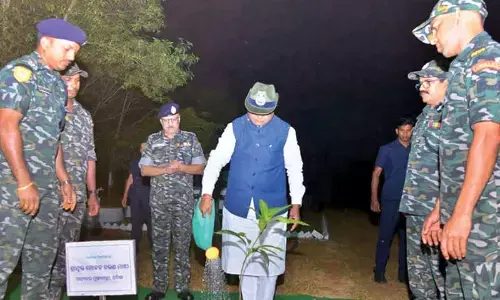India’s thirsty crops turning arid
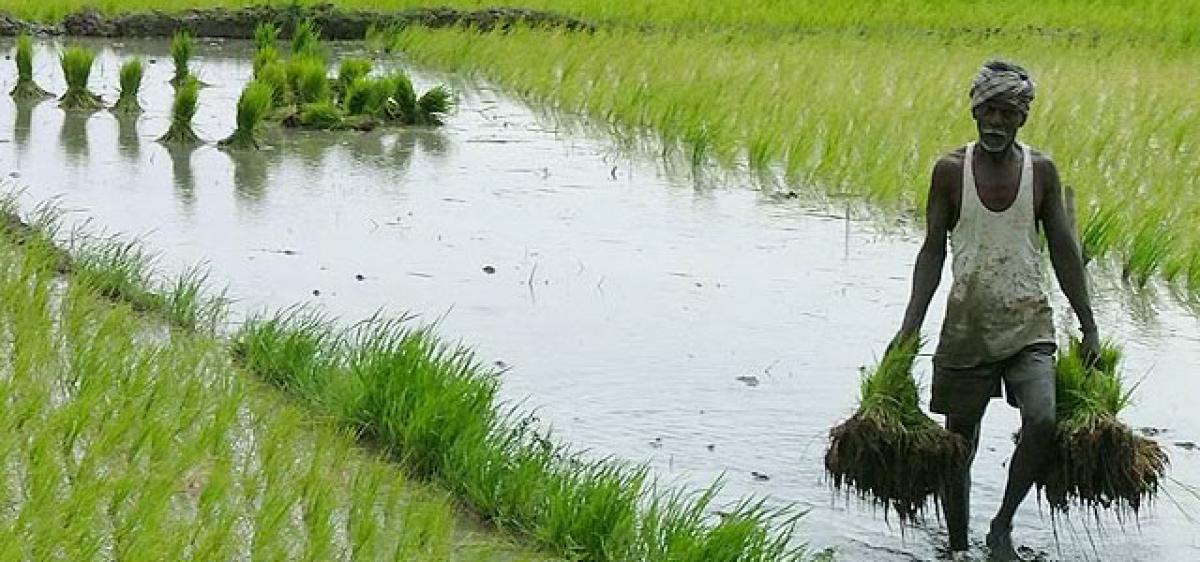
With climate change leading to searing heat waves across the country, India’s weather pundits are starting to sweat over this year’s monsoon prospects and the country’s water equation. According to international water safety organisation Water Aid, India has the most rural people living without access to clean water – 63.4 million. The rural poor were highly vulnerable to the effects of extreme we
It is quite natural for farmers to plant water-intensive rice and cane as government buys sugar, wheat, and rice at remunerative prices. Israel took 70 years to solve its water problem; India won’t need that long. But New Delhi must summon political will to act before water runs out
With climate change leading to searing heat waves across the country, India’s weather pundits are starting to sweat over this year’s monsoon prospects and the country’s water equation. According to international water safety organisation Water Aid, India has the most rural people living without access to clean water – 63.4 million. The rural poor were highly vulnerable to the effects of extreme weather and climate change, said its report.
India supports 15% of the world’s population but possesses only 4 per cent of the world’s water resources. World Bank data shows that only 35 per cent of India’s agricultural land is irrigated – defined as the artificial application of water to land or soil. This means that 65 per cent of farming depends on rainfall. Successive Indian governments have done little to conserve water for off-season use.
Despite constructing 4,525 large and small dams, the country has managed to create per capita storage of only 213 cubic meters, a relatively small achievement when compared to Russia’s 6,103 cubic meters, Australia’s 4,733, and China’s 1,111. The country still breaks out in a cold sweat every time the southwest monsoon (the subcontinent’s tenuous lifeline that arrives anytime between June and September) is delayed.
India’s water crisis stems from a complex mix of economic, geographic and political factors. While climate change has caused rains to become more erratic, most parts of the country receive a more than adequate amount of rainfall. Water harvesting and management, though required, remains little more than a fad. Many of the areas that are prone to flooding are the same ones that face drought months later. A staggering $52.7 billion has been allocated to so-called major and medium irrigation projects from the first five-year plan (1951-56) to the 11th (2007-12), but irrigation has reached only 45 per cent of India’s net sown area.
Today, India’s agricultural sector accounts for more than 90 per cent of total water drawn but contribute around only 14 per cent to the GDP. Some classic examples of the skewed and short-sighted agricultural priorities that upset India’s water balance are the farming practices in some of its States, particularly Maharashtra, Punjab, and Haryana.
The agricultural shift by profit-motivated young farmers has made things worse. Farmers who once grew millet, sorghum, and other cereals have turned to sugarcane in Maharashtra, which fetches more money but is a very thirsty crop. Likewise, farmers have taken to growing rice and wheat in Punjab and Haryana, two parched States where the groundwater has sunk even further.
Maharashtra is the epicenter of India’s farm quagmire and its landlocked Marathwada belt is a miserable state. It has been among the worst-affected by water shortages, having faced three bad monsoons in a row, although this year’s rains have given some reprieve to the farmers.
Marathwada has the lowest ratio of actual irrigated land vis-à-vis irrigation potential in the State. Of the potential land that could be irrigated by dams created in the region, only 38 per cent is actually being irrigated. For the rest of Maharashtra, this ratio is at 76 per cent. The per capita income in Marathwada is 40 per cent lower than the rest of Maharashtra.
Farmers drawn to the region by government incentives have begun cultivating sugarcane, a water-intensive crop that is ill-suited to Marathwada’s semi-arid climate. Sugarcane consumes about 22.5 million liters of water per hectare during its 14-month long growing cycle compared to just 4 million liters over four months for chickpeas, commonly grown in India and called gram locally.
Growing sugarcane in drought-prone areas is a recipe for water famine. Yet, the land area under sugarcane cultivation in Maharashtra has gone up from 1,67,000 hectares in 1970-71 to 1,022,000 ha in 2011-12. Maharashtra is India’s second-biggest producer of this water-intensive crop, despite being one of the country’s drier States. Sugarcane now uses about 70 per cent of Marathwada’s irrigation water despite accounting for 4 per cent of cultivated land.
The sugar mill buildup in Marathwada was initially pushed by politicians in the region trying to replicate the prosperity of mills in other areas of Maharashtra and was focused on areas with plentiful water. But later politicians opened mills everywhere, even in areas where drinking water is not available.
Sugarcane is a popular crop because farmers sell cane directly to sugar mills, avoiding the need for middlemen who take a cut of the profits. Sugarcane’s sturdiness also attracts farmers; mature cane withstands heavy rainfall or dry spells and is also less vulnerable to pests and diseases compared to other crops.
A similar story is playing out in Punjab and Haryana, but with rice taking the place of sugarcane. Rice covers 62 per cent of Punjab’s area under cultivation, up from 10 per cent in 1970. The expansion of rice has been similar in neighboring Haryana. Though the droughts have hit all crops, India still produces more rice, wheat, and sugar than it consumes.
It is quite natural for farmers to plant rice and cane when both power and water are almost free. In fact, government policies encourage them to do so. The government buys sugar, wheat, and rice at remunerative prices, which assures economic justice to these farmers.
Without government intervention to reset the revenue balance in favour of less water-intensive crops, experts warn the sustained production of thirsty crops will further deplete scarce water resources. The government currently asks farmers to shift to less water consuming crops, but it does little to support such a change. Erratic prices for vegetables, oilseeds, and pulses limit the incentives for farmers to plant them.
India will need to rein in the systemic corruption that has dogged irrigation projects across the country. In some States these projects have sparked social unrest and political turmoil as seen in Maharashtra and Karnataka, where tenders were awarded at grossly inflated prices.
The proliferation of power plants is another area that requires serious re-examination. Government policies that make water and land cheap in the area seem to be the reason for the location of thermal plants.
Scientists and activists have long warned that relentless groundwater extraction is leading to a steep drop in water tables across India — the world’s fastest rate of groundwater decline.
Some farmers in these parched states now need to dig 300 feet (91 meters) for water, compared to five feet (1.5 meters) in the 1960s, according to research by a local government scientist. They’ve been drilling wells deep beneath the tilled soil into the volcanic rock – 700 feet, 800 feet, even 900 feet down.
Lately, though, many farmers drill wells and find nothing at all. In some severely affected areas, bore wells as deep as 500 meters (1,640 feet) have all gone dry. The underground water level has dropped so much that there is no water at all
“I think there’s really no way out. There’s no water, so there’s no harvest, so there’s no income. And I think that’s the fate of every farmer,” said Vithal Mhaski, a farmer whose family has gone into debt drilling wells that turned out to be dry. “It’s time we took a longer view and stop the wastage of water with sugarcane.”
Realising its predicament decades ago, Israel studied the “water equation” and made itself all but independent from Mother Nature. Israel took 70 years to solve its water problem; India won’t need that long, as it can emulate Israeli advances. But New Delhi must summon the political will to act before water runs out. Changing governance, raising money, and installing technologies all take time and the climatic stresses are mounting fast.








